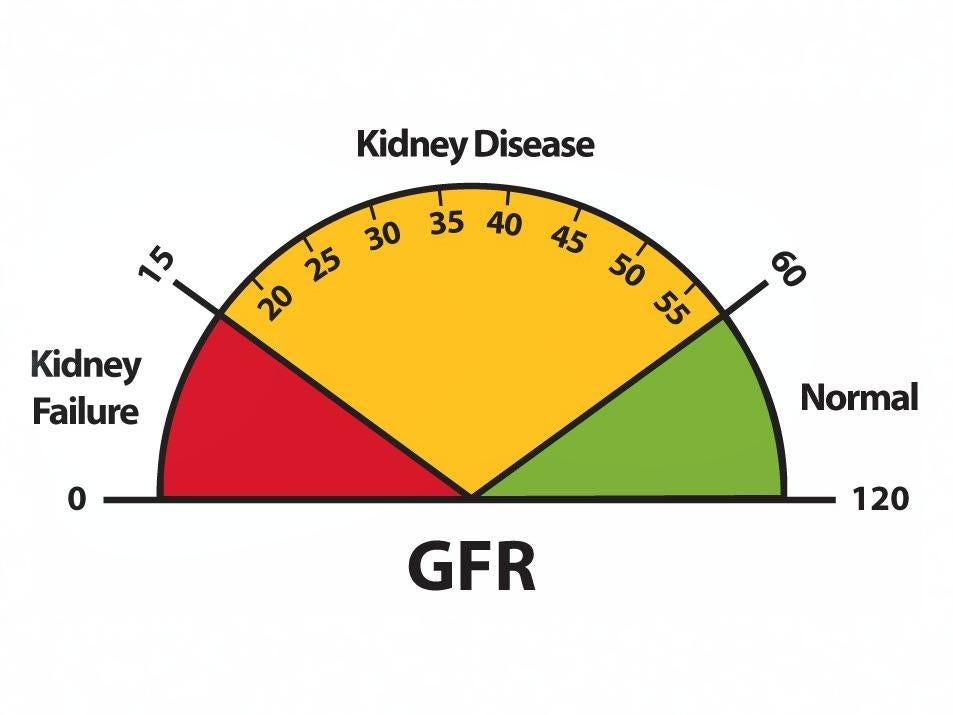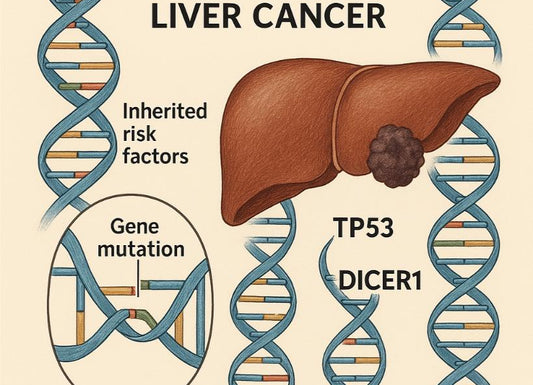How long does it take to go from stage 3 to stage 4 kidney disease?
 Written By
Abel Tamirat, MD
Written By
Abel Tamirat, MD

When you or a loved one is diagnosed with stage 3 chronic kidney disease (CKD), one of the first questions that comes up is: “How long does it take to progress to stage 4?”
The truth is: there’s no single answer. Progression from stage 3 to stage 4 kidney disease can take years, sometimes even decades—or, in some cases, it may never happen. The speed depends on many factors, including blood pressure, blood sugar control, diet, genetics, and lifestyle.
In this article, we’ll explore what stage 3 kidney disease means, what happens in stage 4, how long it usually takes to get there, and—most importantly—what you can do to slow or even prevent progression.
What do the stages of kidney disease mean?
Chronic kidney disease is classified into five stages, based on how well your kidneys filter waste (the glomerular filtration rate, or GFR).
-
Stage 1: Normal function but with evidence of kidney damage (GFR 90+)
-
Stage 2: Mild loss of function (GFR 60–89)
-
Stage 3: Moderate CKD (split into 3a and 3b; GFR 30–59)
-
Stage 4: Severe CKD (GFR 15–29)
-
Stage 5: Kidney failure/ESRD (GFR <15)
What happens in stage 3 kidney disease?
-
Stage 3a (GFR 45–59): Often no symptoms, but lab tests show reduced function.
-
Stage 3b (GFR 30–44): Symptoms may include fatigue, swelling in hands/feet, foamy urine, and high blood pressure.
At this stage, your kidneys are still working but not at full capacity. Careful management is essential to slow decline.
What happens in stage 4 kidney disease?
When the glomerular filtration rate (GFR) falls between 15 and 29, symptoms of kidney disease often become more noticeable. Patients may experience persistent swelling (edema), nausea or loss of appetite, sleep disturbances, bone pain or weakness, fatigue, and anemia. This stage, known as Stage 4 chronic kidney disease, indicates severe kidney damage, and it is typically the point at which preparation for dialysis or transplant discussions begins.
How long does it usually take to go from stage 3 to stage 4?

Research shows:
-
Average timeline: Many people take several years (5–10+) to progress from stage 3 to stage 4, especially with good medical care.
-
Some may never progress: With proper management, some stay stable in stage 3 for life.
-
Faster progression: Poorly controlled diabetes, high blood pressure, smoking, and certain genetic factors can move patients from stage 3 to 4 in just 2–3 years.
In short: progression speed varies widely—from a few years to decades.
See related: What Is the Creatinine Level for Stage 3 Kidney Disease?
Factors that influence progression speed
-
Diabetes control: High blood sugar accelerates kidney damage.
-
Blood pressure: Uncontrolled hypertension is the #1 driver of CKD progression.
-
Proteinuria (protein in urine): Indicates ongoing kidney damage.
-
Diet: High sodium, excess protein, and processed foods strain kidneys.
-
Medications: Some drugs (like NSAIDs) worsen kidney function.
-
Lifestyle: Smoking, inactivity, and obesity increase risk.
-
Age and genetics: Some people are predisposed to faster decline.
Can progression from stage 3 to 4 be slowed down?

Yes. Many patients live with stage 3 CKD for years without progressing. Strategies include:
-
Keeping blood pressure <130/80 mmHg
-
Managing diabetes with HbA1c <7%
-
Using medications like ACE inhibitors or ARBs (if prescribed)
-
Following a kidney-friendly diet (low sodium, moderate protein, plenty of vegetables)
-
Staying physically active
-
Avoiding smoking and limiting alcohol
-
Monitoring kidney labs regularly
What does research say about progression timelines?
-
A 2021 study in American Journal of Kidney Diseases found that with proper management, fewer than 20% of stage 3 patients progressed to stage 4 within 10 years.
-
A 2022 NIDDK analysis showed that risk is highest in patients with uncontrolled diabetes + hypertension.
-
Patients who adopted lifestyle changes and medications delayed progression by 5–15 years compared to those who didn’t.
See related: What is the Latest Treatment for Chronic Kidney Disease?
Living with stage 3 CKD: What to expect

-
Regular monitoring every 3–6 months
-
Possible referrals to a nephrologist (kidney specialist)
-
Early management of anemia, bone health, and cardiovascular risks
-
Dietary guidance from a renal dietitian
Many people with stage 3 CKD live full, active lives for decades.
Final thoughts
So, how long does it take to go from stage 3 to stage 4 kidney disease? The answer isn’t the same for everyone. On average, it may take 5–10 years or longer, but with proper care, many people stay in stage 3 indefinitely.
The key is management and prevention: controlling blood pressure, managing diabetes, eating a kidney-friendly diet, and avoiding harmful habits. By taking these steps, you can greatly extend the time your kidneys function well—and sometimes prevent stage 4 altogether.
Ribbon Checkup offers at-home kidney and metabolic health tests that help you track your kidney function with lab-quality accuracy, so you can stay ahead of changes and protect your health.
Related resources
References
-
Centers for Disease Control and Prevention (CDC). (2023). Chronic Kidney Disease in the United States.
-
National Kidney Foundation. (2023). Stages of CKD.
-
Mayo Clinic. (2023). Chronic kidney disease.
-
National Institute of Diabetes and Digestive and Kidney Diseases (NIDDK). (2024). CKD fact seet.
-
American Journal of Kidney Diseases. (2021). Progression of CKD: Risk factors and outcomes.
-
World Health Organization. (2022). Chronic kidney disease global data.

Dr. Abel Tamirat is a licensed General Practitioner and ECFMG-certified international medical graduate with over three years of experience supporting U.S.-based telehealth and primary care practices. As a freelance medical writer and Virtual Clinical Support Specialist, he blends frontline clinical expertise with a passion for health technology and evidence-based content. He is also a contributor to Continuing Medical Education (CME) programs.



